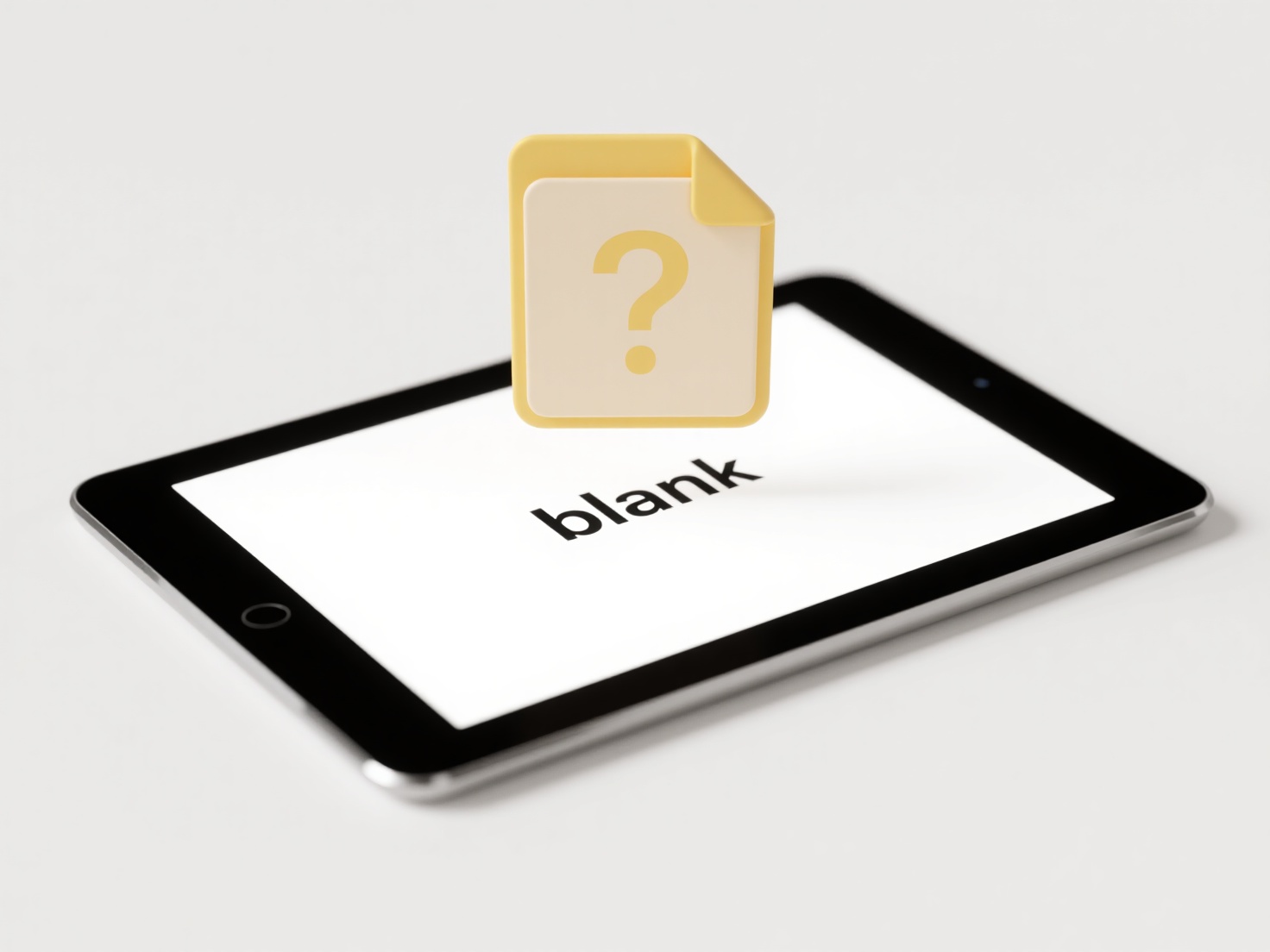
Cloud syncing automatically updates files between your device and cloud storage servers when connected. If changes aren't syncing, the process has been interrupted. Common reasons include an unstable internet connection, the file being in use or locked on your device, unresolved file conflicts when the same file was edited simultaneously in different locations, temporary outages of the cloud service, outdated sync software/apps, or insufficient storage space in your cloud account. Syncing requires a continuous two-way connection to detect and transmit changes.
For example, adding photos to a smartphone's camera roll folder won't appear in your cloud photo library like Apple Photos or Google Photos without connectivity. Similarly, document edits made in a collaborative platform like Google Docs or Microsoft 365 won't update for other team members in real-time if your browser lost its connection during editing. Offline edits in synced folders using apps like Dropbox or OneDrive also won't upload until the connection is restored and the app syncs.

Reliable syncing enables universal access but depends heavily on connectivity and service health. Key advantages include access from anywhere, while limitations involve requiring stable internet and occasional manual intervention. To resolve non-syncing, check your internet connection first, verify cloud service status online, confirm available cloud storage, close files that might be in use, restart the sync application (or device), and look for any file conflict notifications needing resolution within your cloud app. Keeping applications updated helps prevent sync issues.
Why are my changes not syncing to the cloud?
Cloud syncing automatically updates files between your device and cloud storage servers when connected. If changes aren't syncing, the process has been interrupted. Common reasons include an unstable internet connection, the file being in use or locked on your device, unresolved file conflicts when the same file was edited simultaneously in different locations, temporary outages of the cloud service, outdated sync software/apps, or insufficient storage space in your cloud account. Syncing requires a continuous two-way connection to detect and transmit changes.
For example, adding photos to a smartphone's camera roll folder won't appear in your cloud photo library like Apple Photos or Google Photos without connectivity. Similarly, document edits made in a collaborative platform like Google Docs or Microsoft 365 won't update for other team members in real-time if your browser lost its connection during editing. Offline edits in synced folders using apps like Dropbox or OneDrive also won't upload until the connection is restored and the app syncs.

Reliable syncing enables universal access but depends heavily on connectivity and service health. Key advantages include access from anywhere, while limitations involve requiring stable internet and occasional manual intervention. To resolve non-syncing, check your internet connection first, verify cloud service status online, confirm available cloud storage, close files that might be in use, restart the sync application (or device), and look for any file conflict notifications needing resolution within your cloud app. Keeping applications updated helps prevent sync issues.
Quick Article Links
What’s the best way to name image or media files?
The best way to name image or media files involves using descriptive, consistent, and meaningful labels. Good filenames ...
Can I force one-way sync from cloud to local?
One-way sync from cloud to local means ensuring data flows only from the cloud storage location to your local device, pr...
How do I organize folders for cross-functional teams?
Organizing folders for cross-functional teams involves creating a shared structure that prioritizes project access, clar...